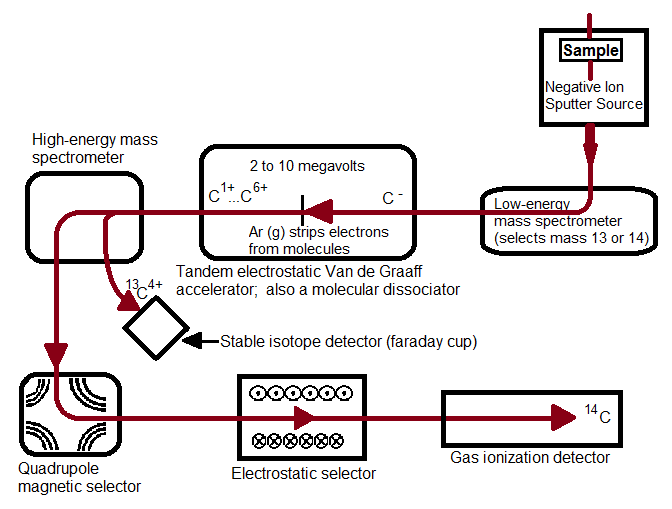
Accelerator Mass Spectroscopy Chemistry LibreTexts
At present, only accelerator mass spectrometry (AMS) is capable to perform isotope ratio measurements of such nuclides at levels that are in the range of 10 −12 to 10 −15 relative to the major stable isotope.

A schematic of the 200 keV 'MICADAS' accelerator mass spectrometry... Download Scientific Diagram
One of the applications of nuclear physics techniques that is listed in Table 1, and which has been of great benefit to other fields of scientific endeavor, is accelerator mass spectrometry (AMS). The capability of AMS in extremely sensitive radioisotope measurements has been extensively demonstrated over the past 30 years.
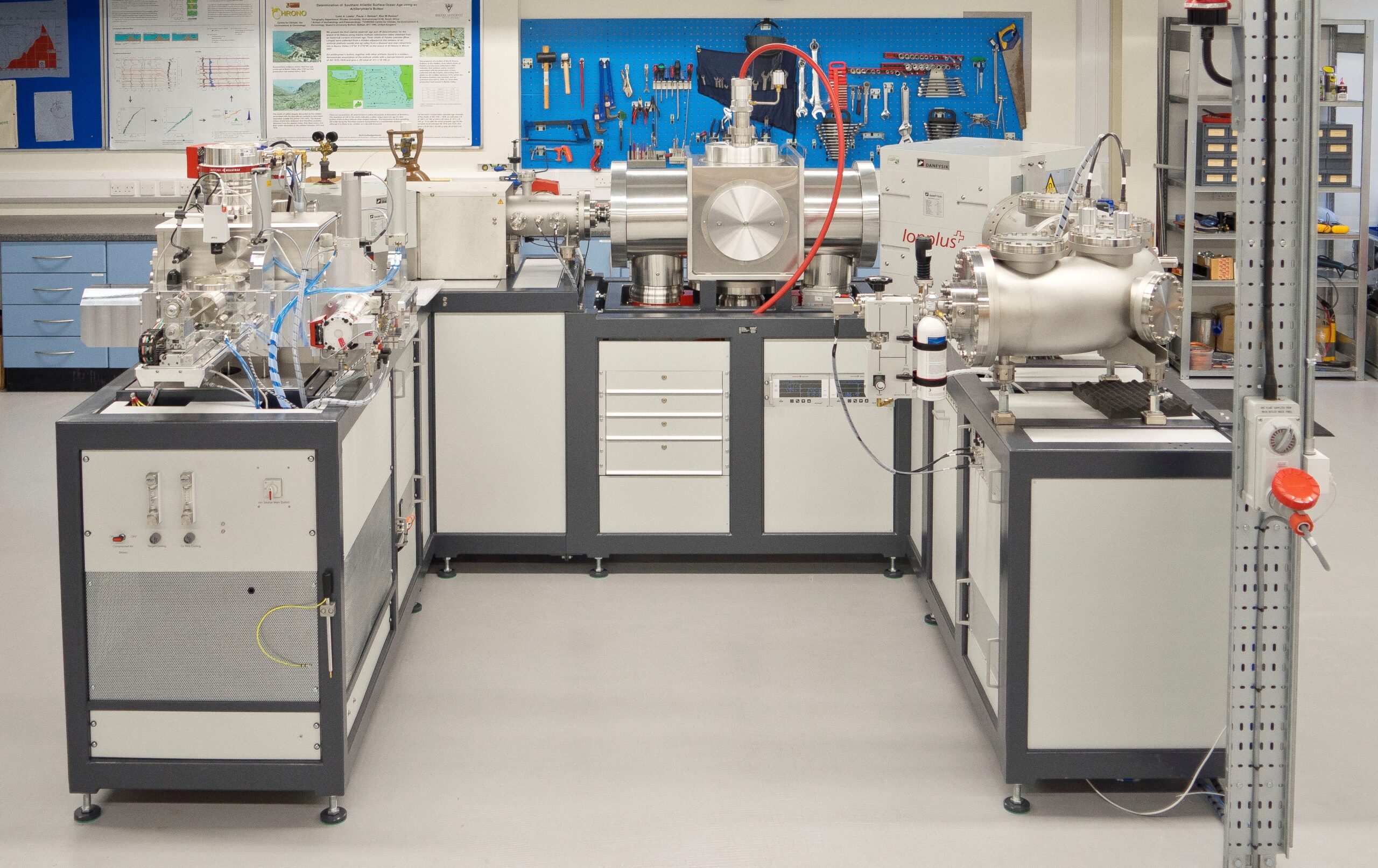
Accelerator Mass Spectrometry Radiocarbon Dating Telegraph
Accelerator mass spectrometry (AMS) is a method of analysis incorporating particle accelerator technology into a mass spectrometer. The field was developed in 1977 (Bennett et al., 1977; Muller, 1977; Nelson et al., 1977) as an analytical tool first for the measurement of radiocarbon ( 14 C) and it was quickly extended to other radionuclides.

André E. Lalonde Accelerator Mass Spectrometry (AMS) Laboratory
Accelerator Mass Spectrometry. AMS is an analytical technique that can quantify long-lived isotopes with attomole (amol) (10 − 18) sensitivity in isotope-labeled drugs and toxicants. AMS counts atoms of a rare isotope of interest and reports the ratio of the counted isotope to that of the total number of atoms of the element.
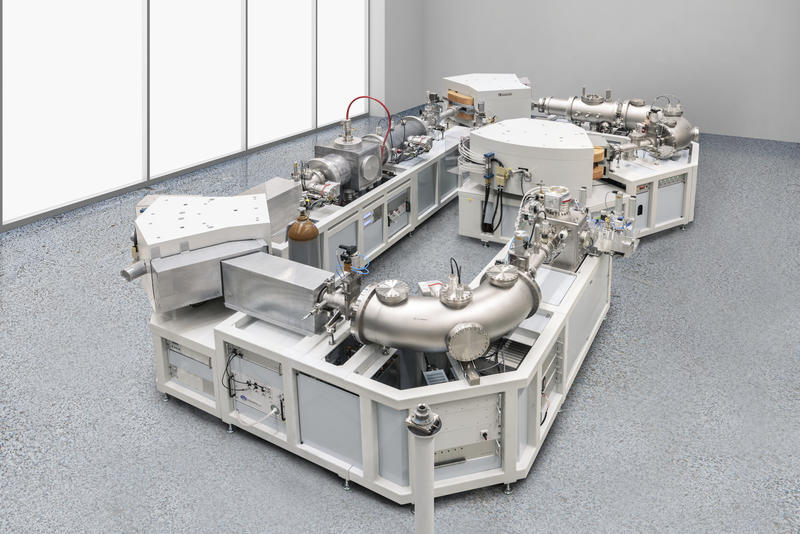
Lancaster Accelerator Mass Spectrometer (LAMSUK) National Nuclear User Facility
Accelerator mass spectrometry (AMS) is an ultrasensitive method for the measurement of isotope ratios in the range of 10 −12 -10 −15.Most frequently the 14 C/ 12 C ratio from biogenic samples is determined which gives information on the age of the sample of up to 50 ka with a precision of typically 40-80 years. In this chapter the radiocarbon method is discussed and various.

The section of the accelerator mass spectrometer (AMS Stock Photo, Royalty Free
Accelerator mass spectrometry (AMS) was born in the late 1970s, when it was realized at nuclear physics laboratories that the accelerator systems can be used as a sensitive mass spectrometer to measure ultralow traces of long-lived radioisotopes.

Accelerator Mass Spectrometer Stock Image C029/0701 Science Photo Library
Accelerator mass spectrometry ( AMS) is a form of mass spectrometry that accelerates ions to extraordinarily high kinetic energies before mass analysis.
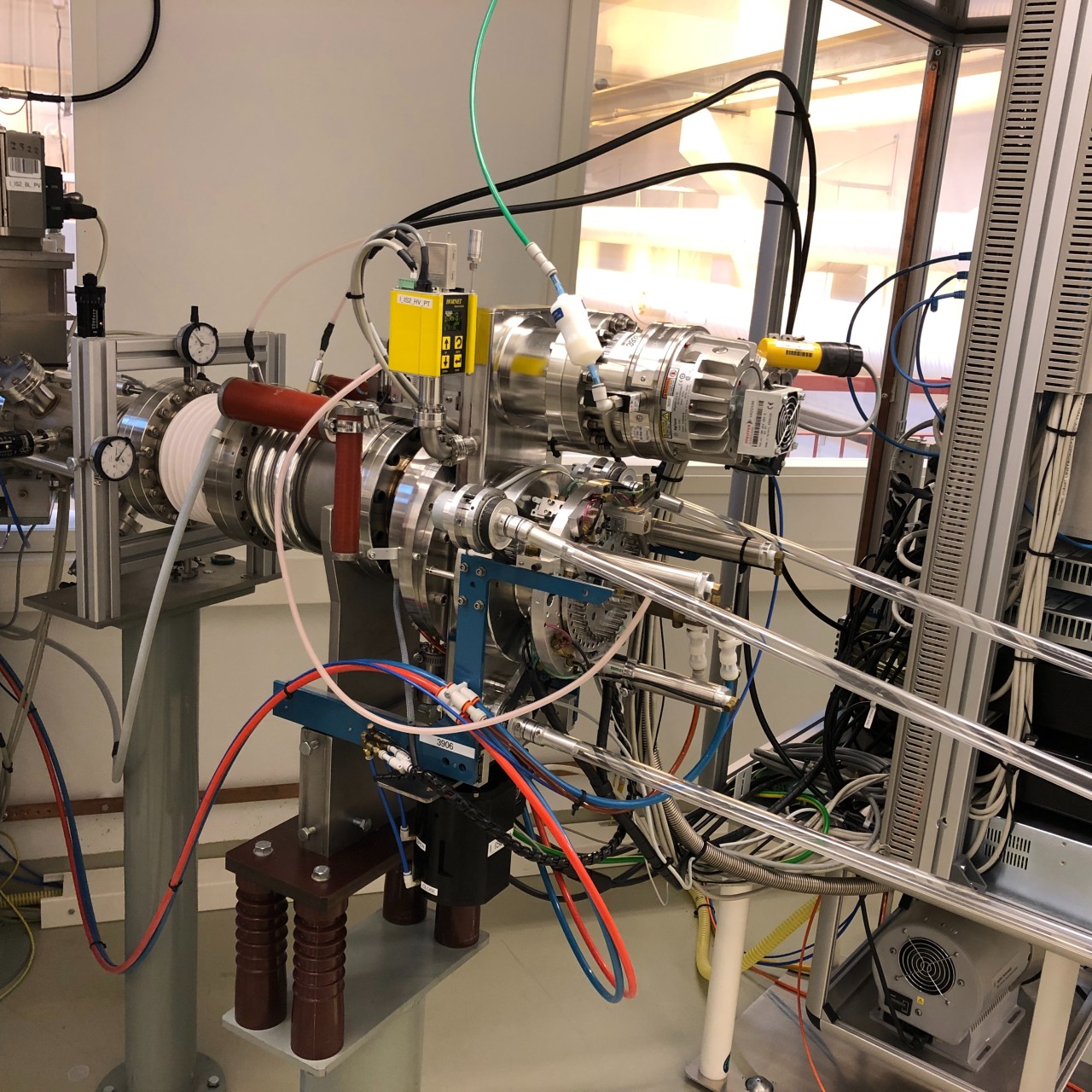
Accelerator Mass Spectrometry AMS Analysis Measurlabs
There are two accelerator systems commonly used for radiocarbon dating through accelerator mass spectrometry. One is the cyclotron, and the other is a tandem electrostatic accelerator. [VIDEO] AMS vs Radiometric Techniques AMS Analysis via Tandem Accelerator

PPT Lecture 5 Radiocarbon PowerPoint Presentation, free download ID4317104
Accelerator mass spectrometry (AMS) is an analytical method used to detect the amount of radioactive carbon in a biological sample. It is an extremely sensitive methodology that can be used in early clinical research when conventional radiometric detection methods such as liquid scintillation counting are not possible.
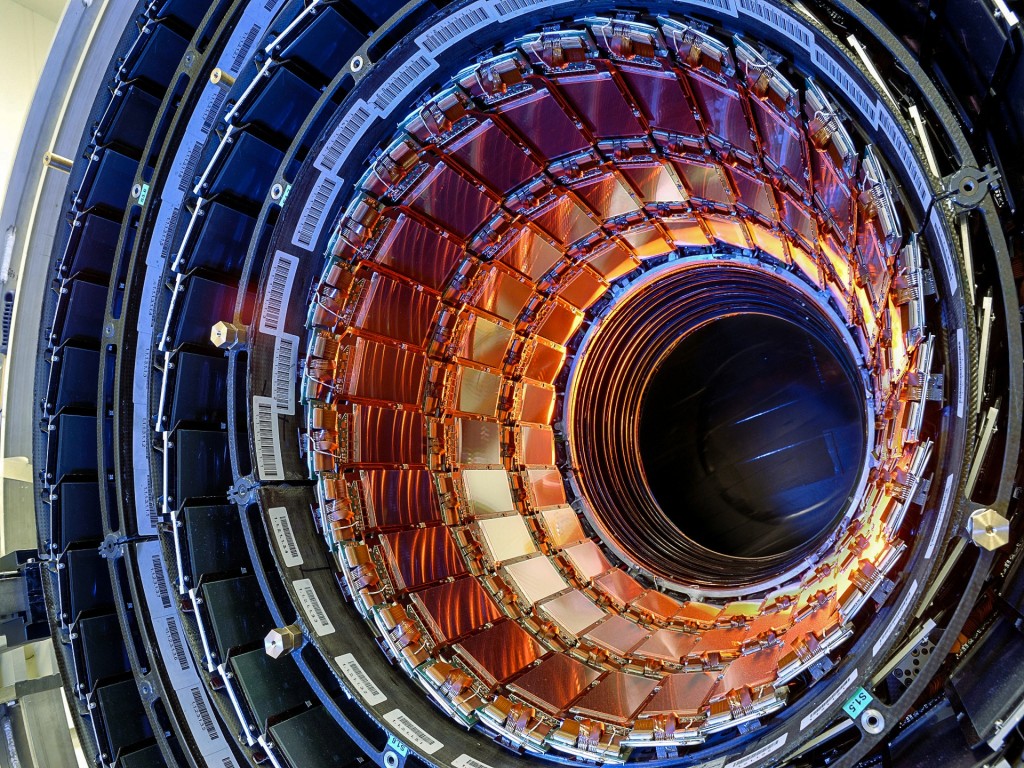
Accelerator Mass Spectrometry From Tracing Ocean Currents to the Life and Death of Stars Our
Accelerator mass spectrometry ( AMS) is a powerful method for the measurement of very low abundance nuclei even in a background of much stronger isobars. The technique at ATLAS is applicable to many rare nuclei (including very low abundance nuclei 10 -9 to 10 -16) for many scientific goals, but one of the most important areas of research at.
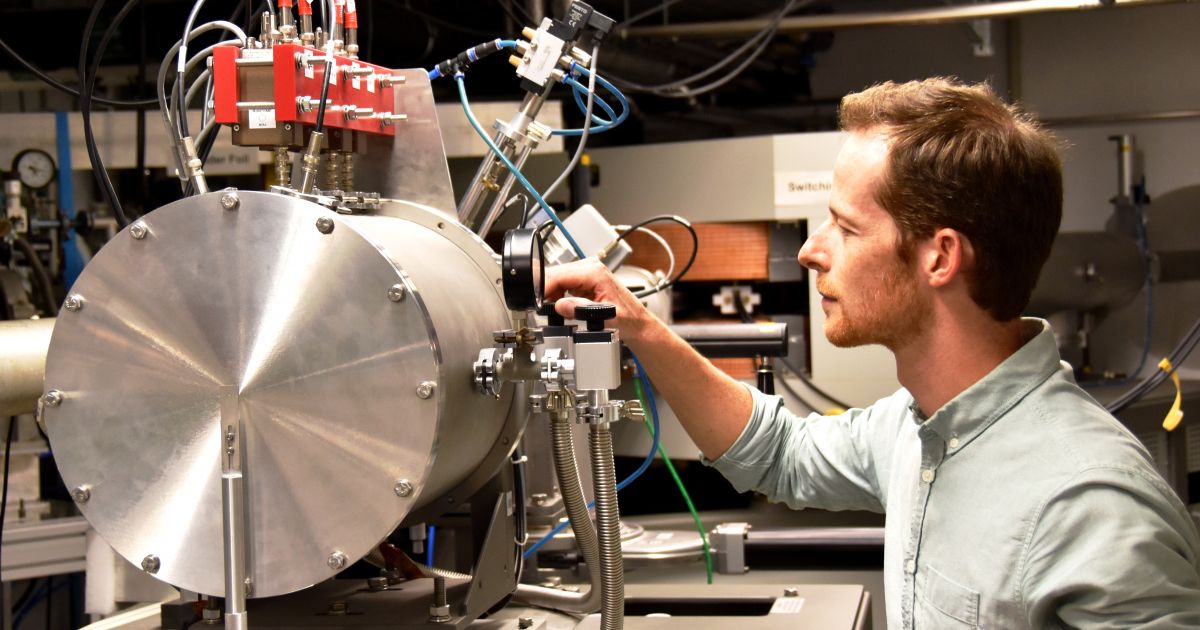
Determining radioactive waste with accelerator mass spectrometry GRS gGmbH
Accelerator Mass Spectrometry (AMS) adds the techniques of higher energy charged particle acceleration to the basic principles of Isotope Ratio Mass Spectrometry (IRMS) to provide extremely low detection capability (below 1 femtogram) of rare isotopes in samples of natural materials as small as 1 mg. Depending on the element selected and the con.
A typical accelerator mass spe [IMAGE] EurekAlert! Science News Releases
Accelerator mass spectrometry (AMS) is a mass-spectrometric method using entire accelerator systems to measure ultralow traces of long-lived radioisotopes. AMS spectrometers produce an ion beam from a sample of interest and separate ions according to their magnetic, electric, and atomic characteristics.

How radiocarbon dating is done? Digitash
Accelerator mass spectrometry Development The particle accelerators used in nuclear physics can be viewed as mass spectrometers of rather distorted forms, but the three principal elements—the ion source, analyzer, and detector—are always present.

Schematic representation of the principle of accelerator mass... Download Scientific Diagram
Introduction. Accelerator mass spectrometry (AMS) was developed for analyzing 14 C in environmental and archeological specimens in the 1970s (although it was first demonstrated in the 1930s). It is now principally used to measure only a handful of isotopes, although it is feasible to apply it to many additional analytes.

How the accelerator mass spectrometer works The Channel
Stage 2: Acceleration: The ions are accelerated so that they all have the same kinetic energy and directed into a mass analyzer. Stage 3: Separation according to the mass-to charge-ratio (m/ze) of the ions: The ions are sorted according to their (m/ze). Stage 4: Detection: The beam of ions passing through the mass analyzer is detected as a current.

A general schematic of an accelerator mass spectrometer. Ions from the... Download Scientific
1. Introduction. Accelerator mass spectrometry (AMS) is arguably the most sensitive method to measure long-lived radionuclides with isotopic abundances as low as 10 −12 to 10 −16.It should be noted at the onset that the term 'long-lived' has a different meaning in geochronology [1], where long-lived radionuclides are the ones which survive the age of the solar system (e.g. 232 Th, 238.